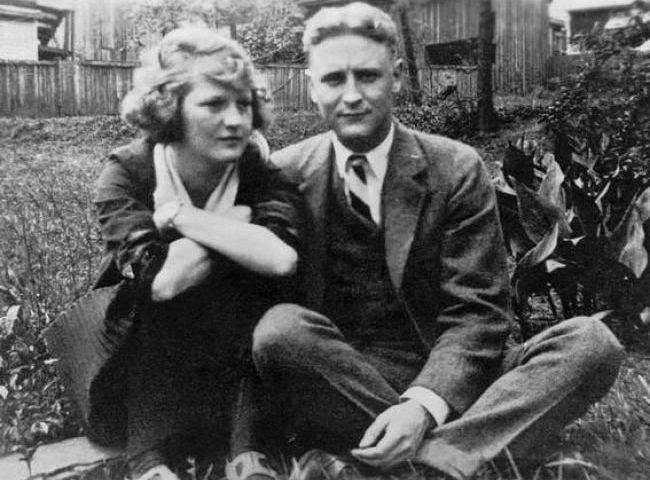
Pacientes «penales» en instituciones psiquiátricas: cien años del Manicomio Nacional de Leganés (1852-1952).
9 mayo, 2018
Del escándalo a la normalización: Usos del psicoanálisis por el movimiento de reforma sexual español (1920-1939). S. Lévy y R. Huertas.
20 julio, 2018Por Nuria Esteve y Rafael Huertas.
Culture and History Digital Journal 7 (1).
This article analyzes the biographical and contextual elements which enabled Fitzgerald to incorporate the psychiatry of the time into Tender Is the Night (1934). The content of the novel is linked to Zelda Fitzgerald’s mental illness and her admission to a Swiss psychiatric clinic in 1930. It also identifies the parallels between the doctors who treated the couple and those that appear in the novel, examining the elements used to construct fictional characters inspired by major figures in psychiatry during this period, including Oscar Forel, Eugen Bleuler and Carl Gustav Jung. Lastly, it evaluates the weight and significance of the discourse and the psychiatric and psychoanalytic concepts utilized by Fitzgerald in the novel.
Este artículo analiza los elementos biográficos y contextuales que permitieron a Scott Fitzgerald realizar en Tender is the Night (1934) una aproximación a la psiquiatría de la época. Se relacionan los contenidos de la novela con la enfermedad mental de Zelda Fitzgerald y su ingreso en una clínica psiquiátrica suiza en 1930. Asimismo, se identifican los paralelismos existentes entre los médicos que trataron al matrimonio y los que aparecen en la novela, examinando los elementos que sirvieron para construir unos personajes de ficción inspirados en relevantes figuras de la psiquiatría del momento, como Oscar Forel, Eugen Bleuler o Carl Gustav Jung. Finalmente, se estima el peso y trascendencia del discurso y los conceptos psiquiátricos y psicoanalíticos manejados por Scott Fitzgerald en la novela.


